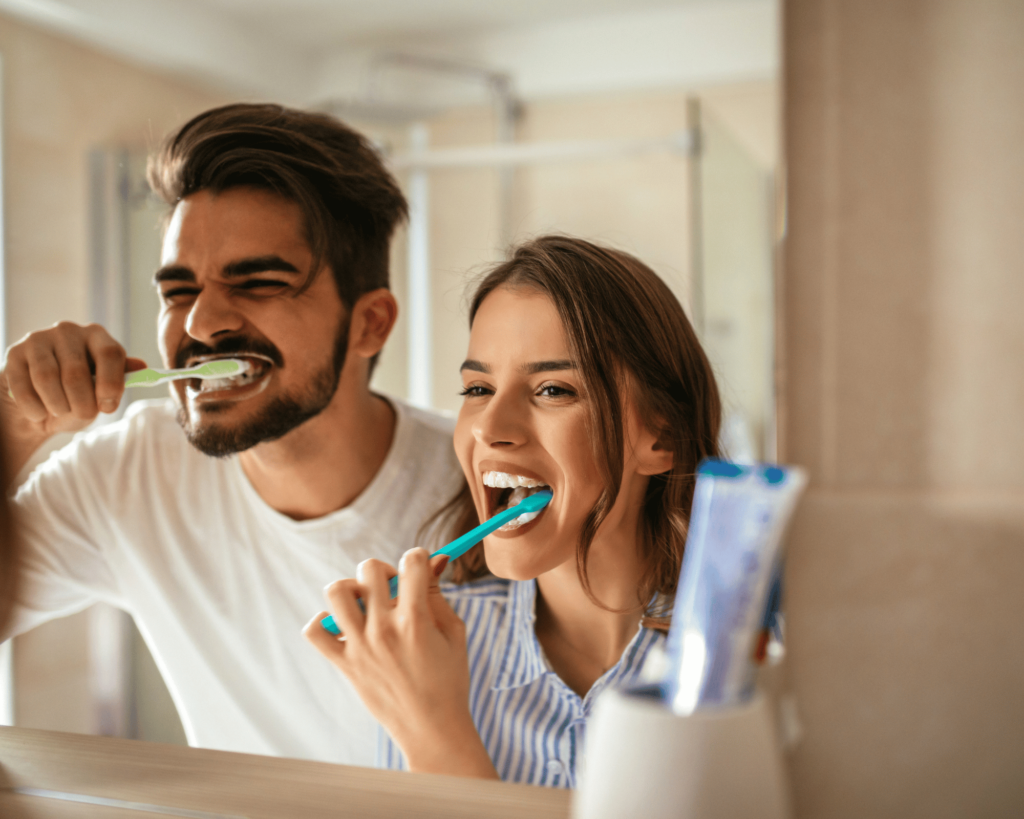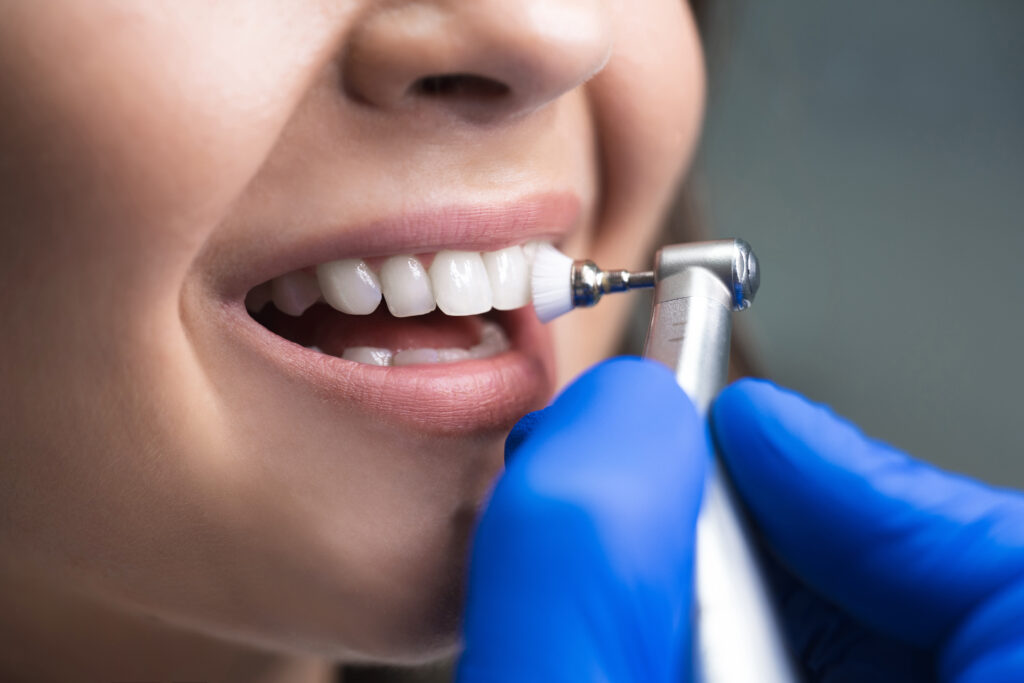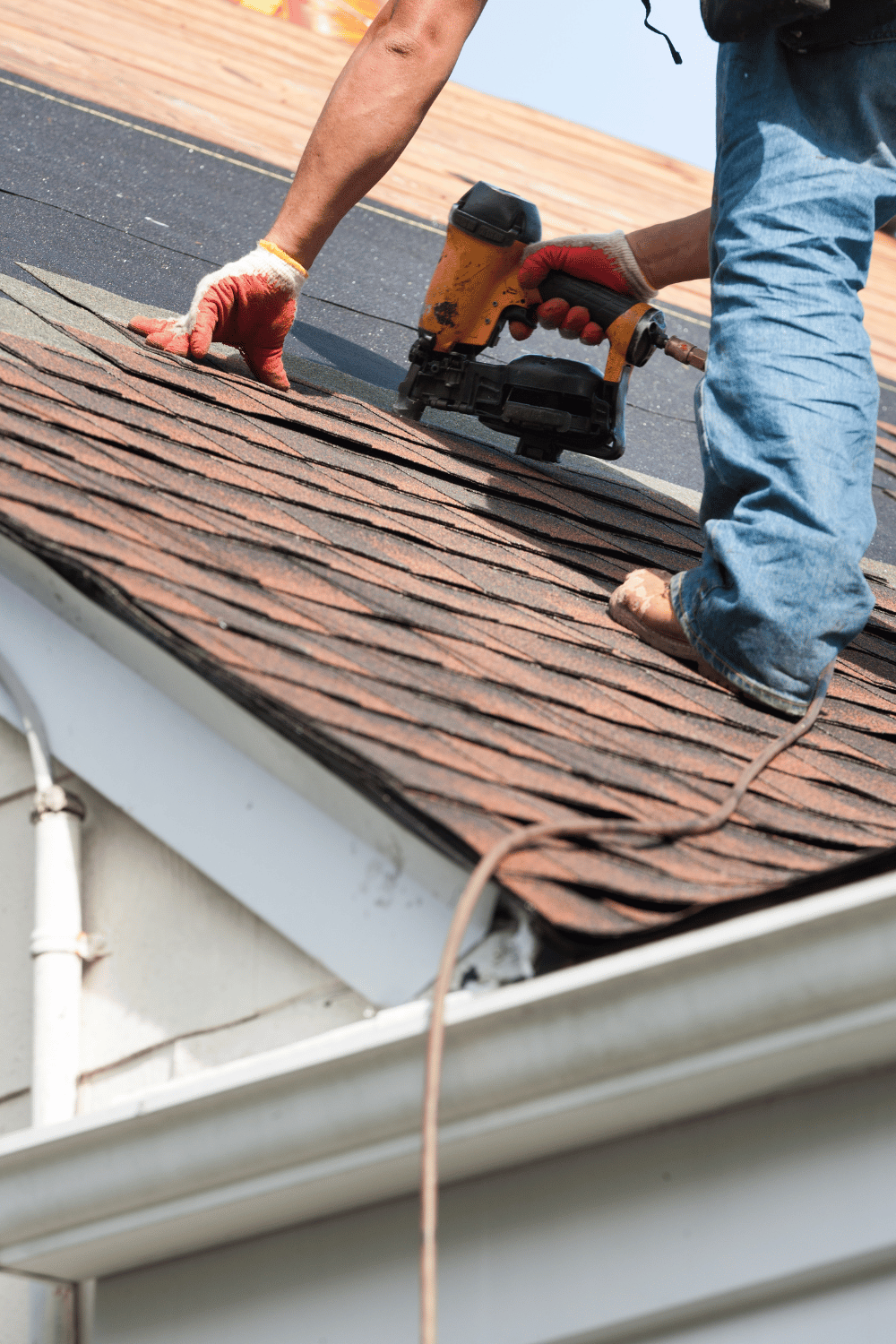Quick Fixes For Stubborn Teeth Stains
Having stained teeth can be a major confidence killer. Whether you’re a coffee fiend, a red wine enthusiast, or just someone who hasn’t been on top of their oral hygiene game, those unsightly discolorations can put a serious damper on your smile. You might find yourself keeping your mouth closed as you smile or cover your mouth when you laugh. It’s a total bummer and can leave you longing for those pearly whites back.
But don’t give up just yet. There are quick fixes out there that can help banish even the most stubborn stains and restore your teeth to their radiant, pearly white glory. From simple DIY remedies to heavy-hitting professional treatments, there are solutions for every level of staining severity.
So, read on to discover some effective tactics to fix those stubborn teeth stains and get your smile looking its brilliant best again.

Consider Professional Teeth Cleaning
If you’re dealing with deeper, intrinsic teeth stains that have been around for quite a long time, it might be best to seek for professional teeth cleaning first. DIY teeth whitening tactics may not suffice anymore, particularly if your teeth stains have deeply planted themselves into your mouth for months or even years.
But with professional teeth cleaning, your dentist can provide in-office professional teeth whitening treatments that use stronger bleaching agents to penetrate below the surface of your teeth. The professional whitening treatment is typically faster and more effective than at-home remedies, but it can be more costly. You can expect to see dramatic results in just one session or after regular dental cleanings, with your discolored teeth appearing several shades brighter.
Try Some Natural Stain Fighters
Meanwhile, for mild to moderate tooth stains, your kitchen might hold the home whitening kits! Here are a couple of natural remedies to try:
Baking Soda
Baking soda’s gentle abrasiveness works wonders on a surface tooth stain. Mix a teaspoon of baking soda with a little water to form a paste. Brush your teeth gently for a minute, then rinse thoroughly. Don’t overdo it, though as baking soda is slightly abrasive, so use it only a few times a week.
Strawberry
Believe it or not, strawberries contain malic acid, a natural stain remover. Mash a fresh strawberry and mix it with a bit of baking soda to create a paste. Brush your teeth with this mixture for a minute, then rinse well. The bonus? Strawberries taste amazing, so rinsing won’t be a chore.
Apple Cider Vinegar
This humble pantry staple is also believed to help whiten your teeth. The acetic acid in apple cider vinegar is a mild bleaching agent that can break down stains. Mix one part vinegar with two parts water and swish the solution around your mouth for a minute before rinsing. Don’t brush immediately after, though, as the vinegar can temporarily weaken your enamel.
Activated Charcoal
Activated charcoal has become a popular stain-fighting ingredient in recent years. The theory is that the charcoal’s porous structure attracts and absorbs stain molecules. While there’s limited scientific evidence to definitively support its effectiveness, some people swear by it. If you’re curious to try activated charcoal, look for charcoal-based toothpastes or opt for capsules and powders and use them as you would regular toothpaste. Just be aware that charcoal can be messy and might not be suitable for everyone.
These natural remedies are gentle enough for regular use, but don’t expect overnight miracles. And as always, moderation is essential to avoid damaging your tooth enamel or irritating your gums.
Use Whitening Toothpastes and Mouthwashes
Over-the-counter whitening toothpastes and mouthwashes can be a good option for tackling stubborn stains and tooth discoloration. Look for products that contain hydrogen peroxide or carbamide peroxide, which are effective bleaching agents.
These products work by gently breaking down stain molecules on the surface of your teeth. Be patient though, as it can take a few weeks of consistent use to see noticeable results. Remember, these products are more effective on surface stains, so they might not work wonders on deeper discoloration.

Practice Proper Oral Hygiene
Brushing your teeth is about more than just maintaining good oral hygiene and avoiding tooth decay. It’s also the best way to fight against persistent stains, tartar buildup, and yellow teeth. Make it a habit to brush twice a day for two full minutes with fluoride toothpaste. This simple routine can go a long way in preventing new dark stains from setting in and helping remove surface discolorations over time.
But don’t stop there. Flossing daily is equally important, as it removes food particles and plaque that can harbor stain-causing bacteria. Those hard-to-reach areas between teeth are prime real estate for discoloration to take hold, so stay on top of your flossing game.
And while you’re at it, consider adding a tongue scraper to your oral care arsenal. Believe it or not, bacteria can accumulate on your tongue, contributing to that not-so-fresh feeling and bad breath. A quick scrape can help banish those buggers and achieve that dazzling smile.
Takeaway
Achieving a bright, white smile takes some effort, but the results are worth it. With these stain-fighting tips and good oral hygiene habits, you’ll be well on your way to a smile that radiates confidence. So, brush up, conquer those stains, and flaunt that beautiful grin.







